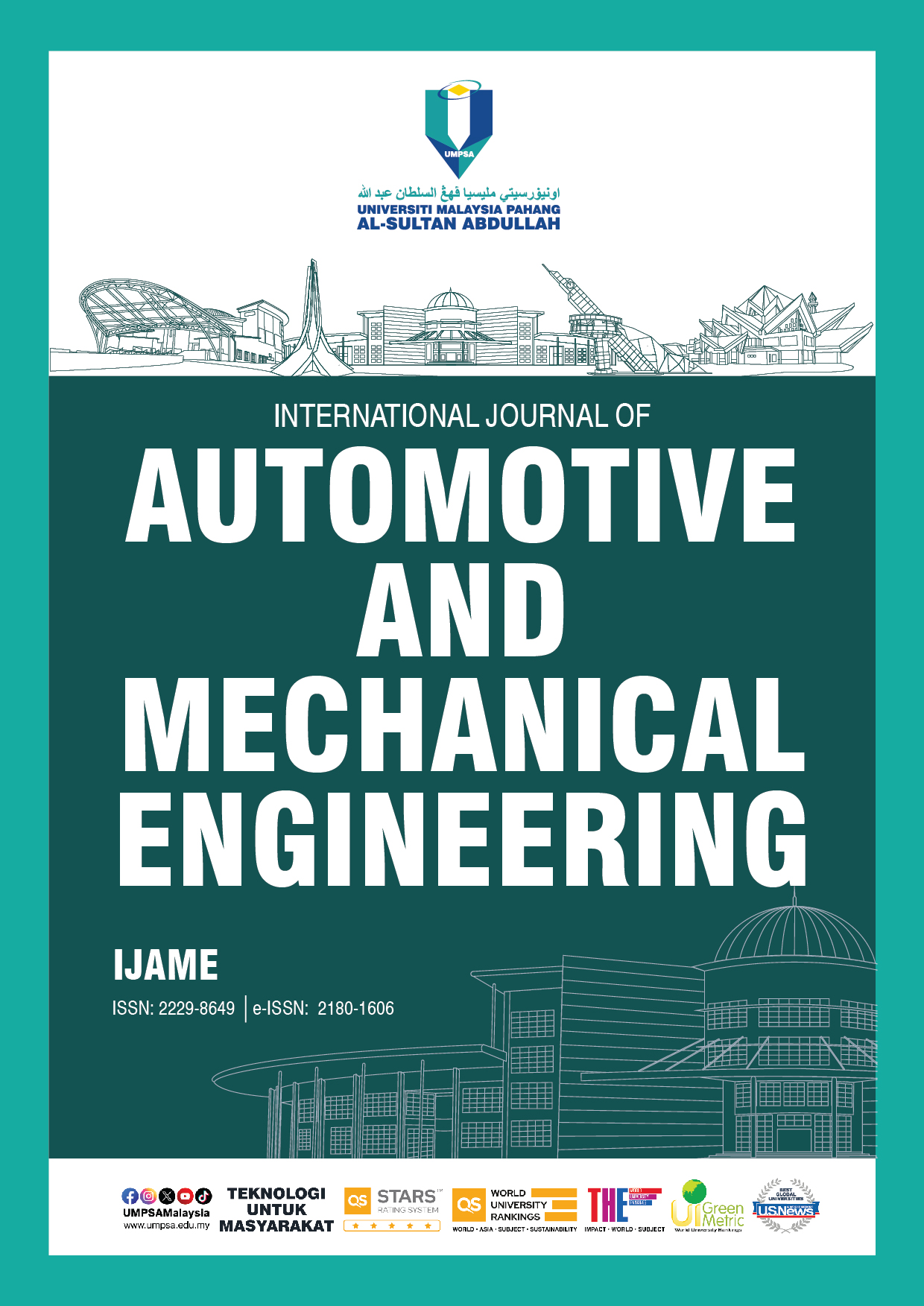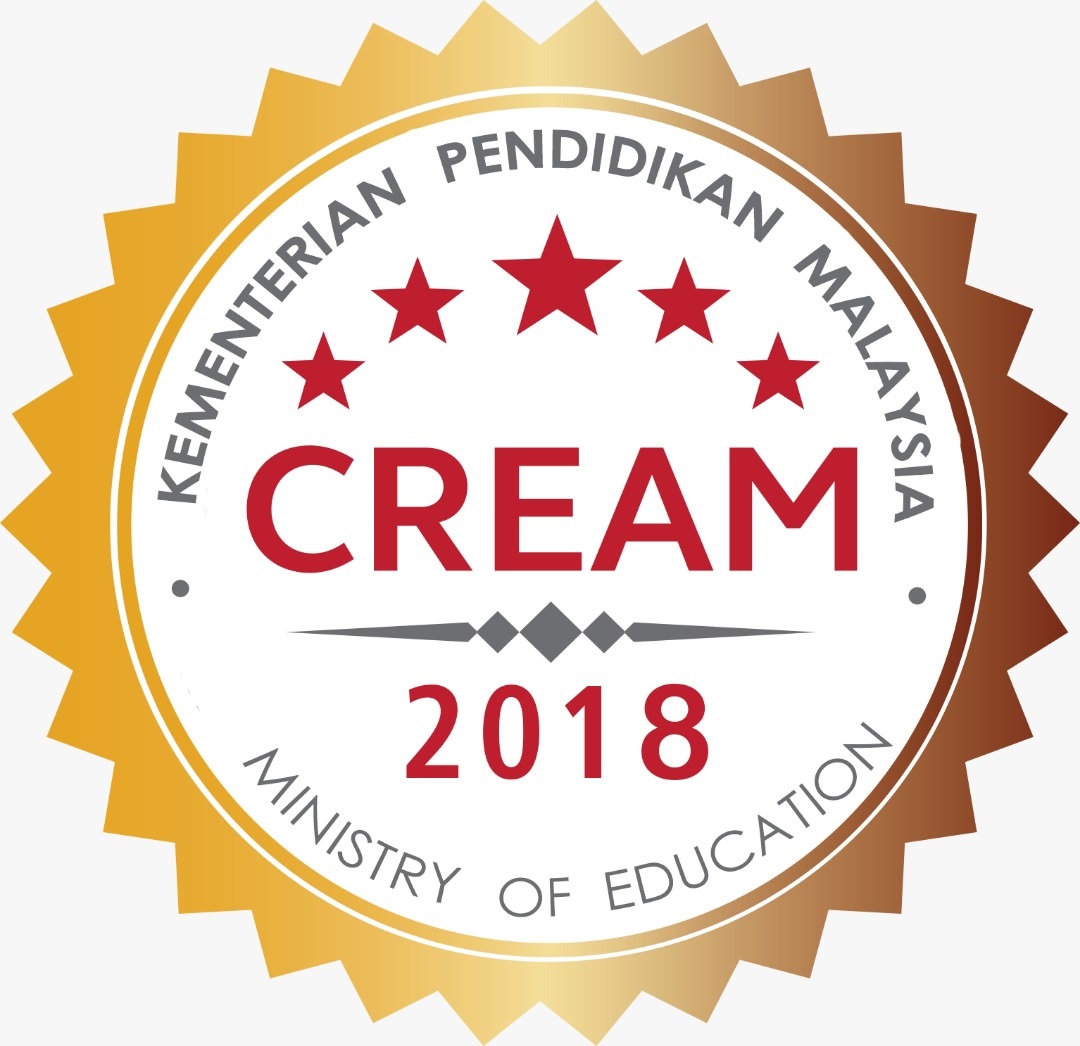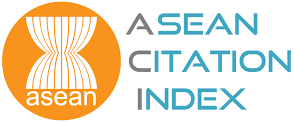Investigating the Structural Strength of Al5052-PVC-Al5052 Sandwich Sheets Using Lap-Shear and T-Peel Testing
DOI:
https://doi.org/10.15282/ijame.22.2.2025.1.0938Keywords:
Al5052-PVC-Al5052, Composite sheets, Structural strength, Failure analysis, Lap shear testAbstract
The sheet metal forming process stands as a cornerstone in metal forming operations, boasting broad applications across diverse sectors such as automotive, aerospace, and marine industries. With a history spanning over four decades, it remains an irreplaceable method. However, the ongoing emphasis on optimizing strength-to-weight ratios has spurred researchers to explore alternative approaches. Among these, the fabrication of sandwich sheets has emerged as a promising concept, maintaining the desired balance between strength and weight. The present work aimed to fabricate and test Al5052 base sheet material (Lap shear test) and Al5052-PVC-Al5052 sandwich sheets (Lap shear and T-Peel Tests) in various rolling direction combinations. For Lap shear test three different types of test samples were made by riveting such as base material (1mm thickness), base material with PVC 0.5 and 1mm thickness in lap area. These lap shear test specimens were made in different rolling direction combinations, for instance, with base sheet (0°-0°,45°-45°, 90°-90°, 0°-45°, 90°-45° and 0°-90°).T-Peel test performed with the sandwich material with PVC 0.5mm thickness in different rolling directions. Based on the study, the primary outcomes were identified in terms of the maximum shear strength and pulling force. Additionally, the failure mechanisms were observed, particularly in the rivet zone of both the base and sandwich sheets. Maximum Lap shear strength shown for the base is 2.344 kN (90°-45°), PVC 0.5mm thickness is 2.674 kN (45°-PVC-45°), and PVC 1mm thickness is 2.460 kN (90°-PVC-45°). The maximum peeling force in T-Peel test with PVC 0.5mm thickness is 71.1 kN (45°-PVC-45°). The results indicate a significant enhancement in both maximum shear strength and peeling (pulling force) due to the presence of PVC.
References
[1] M. Y. Lyu and T. G. Choi, “Research trends in polymer materials for use in lightweight vehicles,” International Journal of Precision Engineering and Manufacturing, vol. 16, no. 1, pp. 213–220, 2015.
[2] N. V. K. Patel, “Innovations in lightweight materials for automotive engineering,” Journal of Electrical Systems, vol. 20, no. 10s, pp. 2121–2133, 2024.
[3] M. Mantel and F. Descaves, “Study of a ’T’-type peel test on a metal/polymer/metal sheet sandwich,” Journal of Adhesion Science and Technology, vol. 6, no. 3, pp. 357–376, 1992.
[4] J. Y. Song and J. Yu, “Analysis of the T-peel strength in a Cu/Cr/Polyimide system,” Acta Materialia, vol. 50, no. 16, pp. 3985–3994, 2002.
[5] K. J. Kim, D. Kim, S. H. Choi, K. Chung, K. S. Shin, F. Barlat et al., “Formability of AA5182/polypropylene/AA5182 sandwich sheets,” Journal of Materials Processing Technology, vol. 139, no. 1–3, pp. 1–7, 2003.
[6] L. F. Kawashita, D. R. Moore, and J. G. Williams, “Comparison of peel tests for Metal–Polymer Laminates for aerospace applications,” The Journal of Adhesion, vol. 81, no. 6, pp. 561–586, 2005.
[7] A. O. Balod, “Theoretical Determination of the formability of (AA5182 / Polypropylene/ AA5182) sandwich sheets using different yield criterion,” Maǧallaẗ Al-handasaẗ Al-rāfidayn, vol.18, no. 2, pp. 32–49, 2010.
[8] Carradò, J. Faerber, S. Niemeyer, G. Ziegmann, and H. Palkowski, “Metal/polymer/metal hybrid systems: Towards potential formability applications,” Composite Structures, vol. 93, no. 2, pp. 715–721, 2010.
[9] O. A. Sokolova, A. Carradò, and H. Palkowski, “Metal–polymer–metal sandwiches with local metal reinforcements: A study on formability by deep drawing and bending,” Composite Structures, vol. 94, no. 1, pp. 1–7, 2011.
[10] Charde, “Microstructure and fatigue properties of dissimilar spot welds joints of AISI 304 and AISI 1008,” International Journal of Automotive and Mechanical Engineering, vol. 7, pp. 882–899, 2013.
[11] M. Harhash, H. Palkowski, A. Carradò, Institute of Metallurgy (IMET), “Metal Forming and Processing”, Clausthal University of Technology, and Institut de Physique et Chimie des Matériaux de Strasbourg, IPCMS, Forming potential of Low-Density Laminates. 2015.
[12] F. Ferrari, “Lightweight Metal/Polymer/Metal sandwich composites for automotive applications,” Scholarship at UWindsor. 2017.
[13] B. Satheesh, M. Tonejc, L. Potakowskyj, M. Pletz, E. Fauster, B. Kaynak et al., “Peel strength characterisation on ply/ply interface using wedge and T-peel/pull-type tests,” Polymers and Polymer Composites, vol. 26, no. 8–9, pp. 431–445, 2018.
[14] S. Aziz, M. A. Yunus, A. Rani, S. Mohd, and W. Iskandar, “Finite element modelling of laser stitch welding joints for structural dynamic predictions,” International Journal of Automotive and Mechanical Engineering, vol. 16, no. 2, pp. 6556–6567, 2019.
[15] E. Wendel, “Evaluation of potential for metal/polymer/metal sandwich material as outer panels for trucks,” DIVA, 2019.
[16] A. Aday, “Analysis of springback behavior in steel and aluminum sheets using FEM,” Annales De Chimie Science Des Matériaux, vol. 43, no. 2, pp. 95–98, 2019.
[17] R. J. S. Baptista, J. P. M. Pragana, I. M. F. Bragança, C. M. A. Silva, and P. A. F. Martins, “Joining metal-polymer sandwich composite sheets with mechanical nuggets,” CIRP Annals, vol. 69, no. 1, pp. 249–252, 2020.
[18] H. Zarei, M. R. Marulli, M. Paggi, R. Pietrogrande, C. Üffing, and P. Weißgraeber, “Mechanical characterization and failure modes in the peeling of adhesively bonded strips from a plastic substrate,” Mechanics of Advanced Materials and Structures, vol. 29, no. 11, pp. 1523–1528, 2020.
[19] F. Kazemi, R. Hashemi, and S. A. Niknam, “Formability and fractography of AA5754/polyethylene/AA5754 sandwich composites,” Mechanics Based Design of Structures and Machines, vol. 50, no. 4, pp. 1253–1267, 2020.
[20] A. Redmann, V. Damodaran, F. Tischer, P. Prabhakar, and T. A. Osswald, “Evaluation of single-lap and block shear test methods in adhesively bonded composite joints,” Journal of Composites Science, vol. 5, no. 1, p. 27, 2021.
[21] H. F. M. de Queiroz, M. D. Banea, and D. K. K. Cavalcanti, “Adhesively bonded joints of jute, glass and hybrid jute/glass fibre-reinforced polymer composites for automotive industry,” Applied Adhesion Science, vol. 9, no. 1, pp.1 – 14, 2021.
[22] K. Kella, “Formability and Springback Analysis of Aluminum/Polypropylene/Aluminum Sandwich Laminates,” Umich.edu, 2022.
[23] A. F. Zakki, E. S. Hadi, Aulia Windyandari, and Rizaldy Ilham, “Numerical analysis of unidirectional GFRP composite mechanical response subjected to tension load using finite element method,” International Journal of Automotive and Mechanical Engineering, vol. 19, no. 2, pp. 9790–9799, 2022.
[24] Katsivalis and S. Feih, “Prediction of moisture diffusion and failure in glass/steel adhesive joints,” Glass Structures & Engineering, vol. 7, no. 3, pp. 381–397, 2022.
[25] J. Yang, S. Han, and W.-R. Yu, “Detection of delamination of steel-polymer sandwich composites using acoustic emission and development of a forming limit diagram considering delamination,” Heliyon, vol. 9, no. 6, p. e16942, 2023.
[26] Ibrahim, Mohd, N.K. Romli, M. Quanjin, and M. F. Rani, “Effects on hybridization of interlayer composites and self-reinforced polypropylene,” Journal of Mechanical Engineering and Sciences, pp. 9679–9688, 2023.
[27] P. Petroušek, R Kočiško, T Kvačkaj, R Bidulský, J Bidulská, A Fedoriková et al., “Formability evaluation of aluminium alloys by FLD Diagrams,” Acta Physica Polonica A, vol. 131, no. 5, pp. 1344–1347, 2017.
[28] P. P. K. Reddy, C. P. Padhy, and P. Janaki Ramulu, “AA5052-PVC-AA5052 (Al-PVC-Al) sandwich sheets forming analysis through in-plane plane stretching tests,” The Scientific World Journal, vol. 1, p. 5117746, 2024.
[29] P. P. K. Reddy, C. P. Padhy, and P. Janaki Ramulu, “Anisotropy effects on the tensile properties of AA5052 and AA5052-PVC-AA5052 sandwich sheets,” Materials Testing, vol. 66, no. 1, pp. 137-144, 2024.
[30] M. Glaser, K. Ehlich, S. Matthes, J. Hildebrand, P .Schaaf, and J. P. Bergmann, “Influence of metal surface structures on composite formation during polymer–metal joining based on reactive Al/Ni multilayer foil,” Advanced Engineering Materials, vol. 3, p. 2302254, 2025.
[31] ASTM International, “Standard test method for peel resistance of adhesives (T-Peel test)”, ASTM D1876-00, West Conshohocken, PA, 2001.
Downloads
Published
Issue
Section
License
Copyright (c) 2025 The Author(s)

This work is licensed under a Creative Commons Attribution-NonCommercial 4.0 International License.







